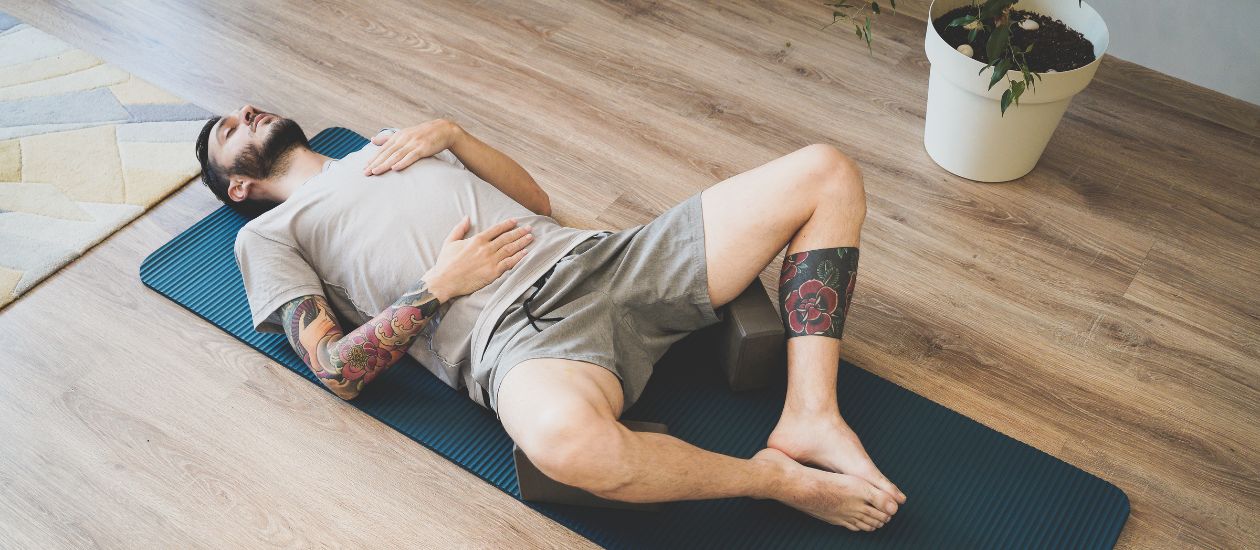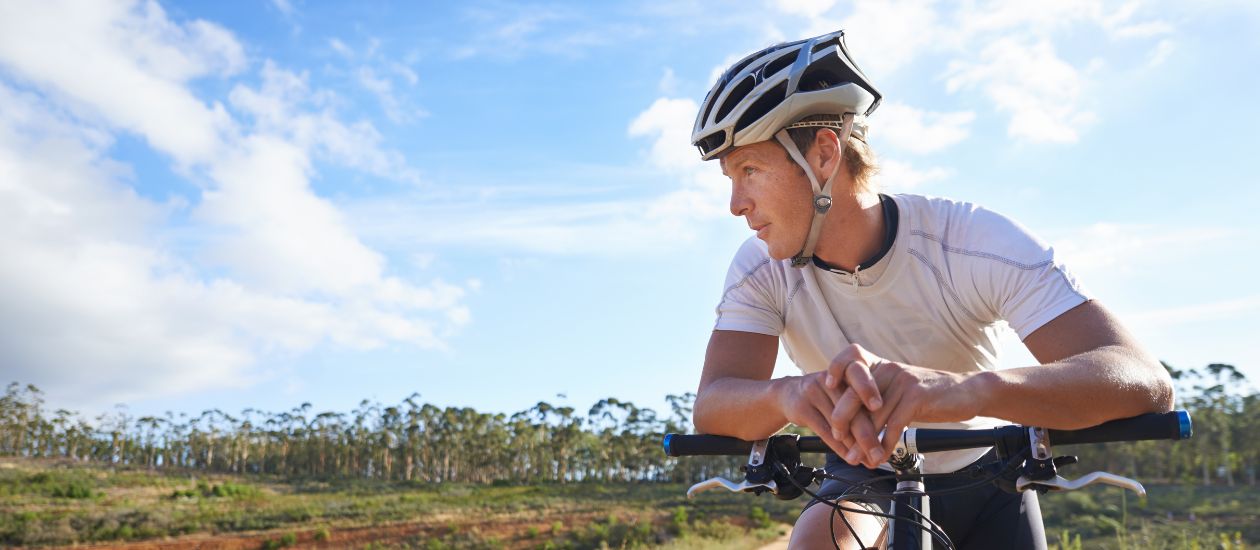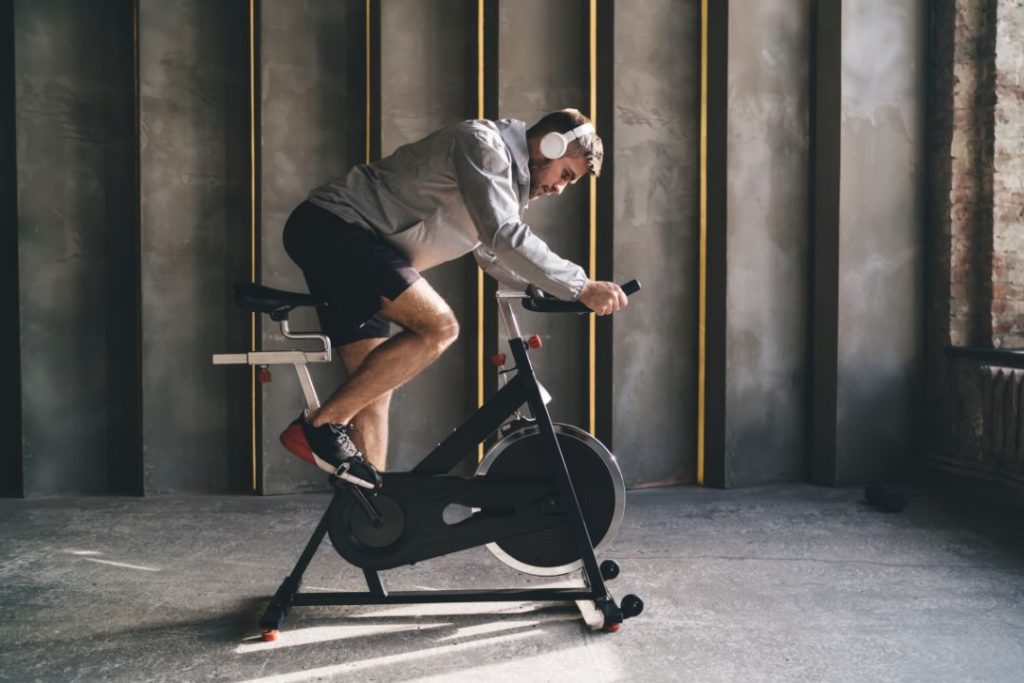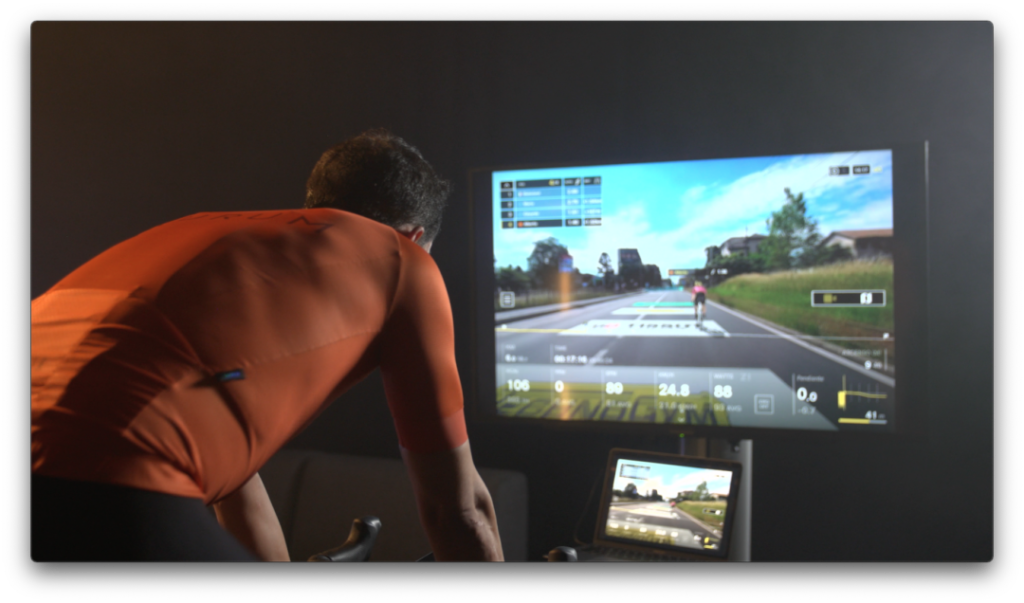Cycling is a sport that requires a perfect combination of endurance, strength and technique. However, one aspect that often goes unnoticed is optimising breathing. Cyclists often focus on leg power or improving their speed, but forget that breathing is key to optimising their performance.
The way we breathe directly affects the supply of oxygen to our muscles and, consequently, our ability to stay active for longer without fatigue. In this article we will explore some exercises and methods that will help you optimise your breathing while cycling, thus improving your performance and making every ride more enjoyable.
Good breathing is key
Breathing correctly while cycling is not just a matter of comfort, but directly influences the body’s performance and efficiency. Proper breathing improves oxygen supply to the muscles, removes carbon dioxide and delays the onset of fatigue. During cycling, especially on climbs or sprints, muscles require large amounts of oxygen to maintain power. If we do not breathe properly, our muscles fatigue earlier than expected, which can limit our performance.
The human body has two main ways of obtaining energy: aerobic and anaerobic. Respiration plays an essential role in aerobic energy production, where oxygen is used to break down glucose into energy. The more efficient your breathing is, the easier it is for your body to obtain energy through this aerobic process, allowing you to sustain prolonged exertion without relying so much on the anaerobic route, which is less efficient and generates more fatigue.

Diaphragmatic breathing techniques
Diaphragmatic breathing, or deep breathing, is a technique that every cyclist should practice. Instead of relying solely on chest breathing (which uses the chest muscles and is more shallow), diaphragmatic breathing allows the lungs to fill completely, using the full capacity of the respiratory system.
To practise it, you can follow this simple exercise:
- Place one hand on your abdomen and one on your chest.
- Inhale deeply through your nose, making sure that the hand on your abdomen is raised, while the one on your chest remains almost still.
- Exhale slowly through your mouth, feeling your abdomen descend.
With diaphragmatic breathing, not only do you get more oxygen with each inhalation, but you also reduce the tension in your respiratory muscles, which is crucial during prolonged exertion.
Exercises to improve lung capacity
In addition to learning how to breathe correctly, it is essential to train your lung capacity. Here are some specific exercises that can help you improve your oxygenation capacity and increase your cycling endurance:
- Controlled hyperventilation training: this involves breathing deeply for one minute, maintaining control of inhalation and exhalation. This helps train the lungs to work under stress and increase oxygen holding capacity.
- Practice intermittent apnoea: holding your breath after inhaling can train the body to better withstand periods of exertion when oxygen is scarcer, such as during sprints or climbs.
- Alternate breathing: inhale through one nostril and exhale through the other. This exercise not only relaxes the nervous system, but also improves breathing control and strengthens the muscles involved in breathing.
Each of these exercises should be progressively incorporated into your training routine. The key is that improving lung capacity does not happen overnight, but with consistency.
These are the benefits of controlling your breathing
Proper breathing control reduces lactate production in the muscles, which delays muscle fatigue and allows you to maintain a constant effort for longer. Another crucial aspect is concentration. Breathing in a conscious and controlled way forces you to be more present and in tune with your body as you ride.
Finally, cyclists who master this section are less likely to experience a sudden feeling of exhaustion, as their body manages oxygen and glucose levels better.
Methods to reduce respiratory fatigue
Breathing fatigue is a fact of life, especially in long endurance events. However, it is something that can be prevented and reduced with the application of certain methods.
One of the most effective is the use of respirators or breathing training devices. These devices add resistance to the airflow, which forces the respiratory muscles to work harder. Over time, this type of training can strengthen the diaphragm and intercostals, making breathing during exertion more efficient and less tiring.
Another option is to perform core strengthening exercises. The diaphragm is the main muscle involved in breathing, but other core muscles (such as the obliques and abdominals) also play a role. A strong core allows for better breathing under exertion and reduces fatigue.

Practical tips to apply during training
When you are in the middle of a training session or a race, there are some simple but effective tips you can apply to improve your breathing:
- Get into a rhythm: try to synchronise your breathing with your pedalling pace, especially on climbs. This can help you maintain a steady flow of oxygen to your muscles.
- Breathe through your nose and mouth: on harder efforts, don’t hesitate to use both your nose and mouth to inhale and exhale, as this allows for greater airflow.
- Maintain proper posture: avoid slouching, as poor posture can limit the capacity of your lungs. Keep your back straight and your chest open to make breathing easier.
Common mistakes and how to avoid them
One of the most typical mistakes among cyclists, especially beginners, is hyperventilating or breathing too fast during exertion. This can lead to an overload of carbon dioxide in the lungs and cause premature fatigue. To avoid this, it is important to focus on slow, deep breathing, even at times of increased exertion.
Another common mistake is not paying attention to breathing until it is too late. Like other aspects of cycling, breathing should be trained proactively and not just corrected when a problem arises.
Breathing is a key element that is often overlooked in cycling. With good breathing control and specific exercises, you will not only improve your performance and endurance, but you will also enjoy every ride more. Practising diaphragmatic breathing, strengthening your respiratory muscles and using control techniques are tools that will help you optimise your performance on any type of terrain. One way to practice your cycling breathing before you hit the road is with a cycling simulator.
BKOOL is the most complete cycling simulator on the market, try it FREE for 7 days!
 Go to BKOOL
Go to BKOOL





